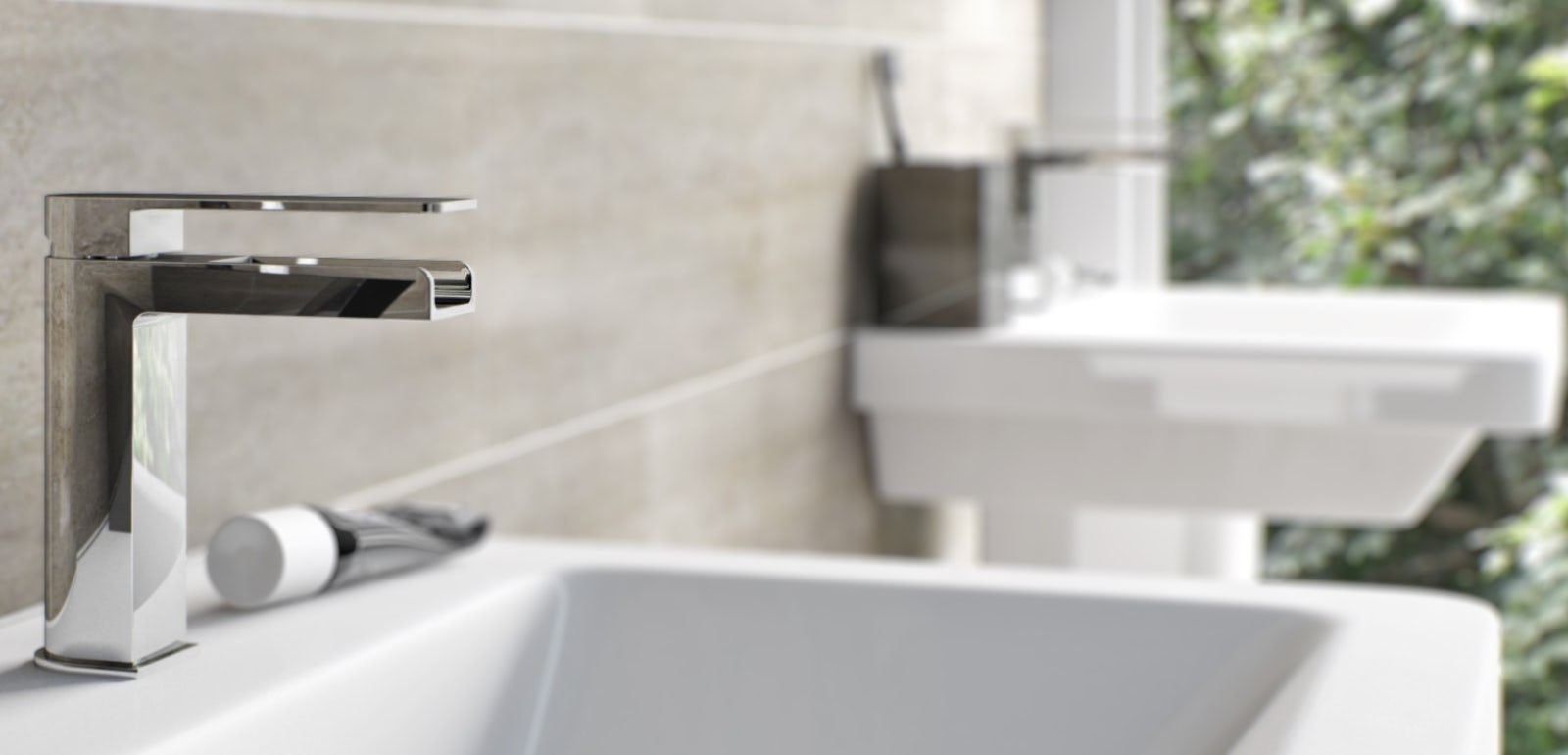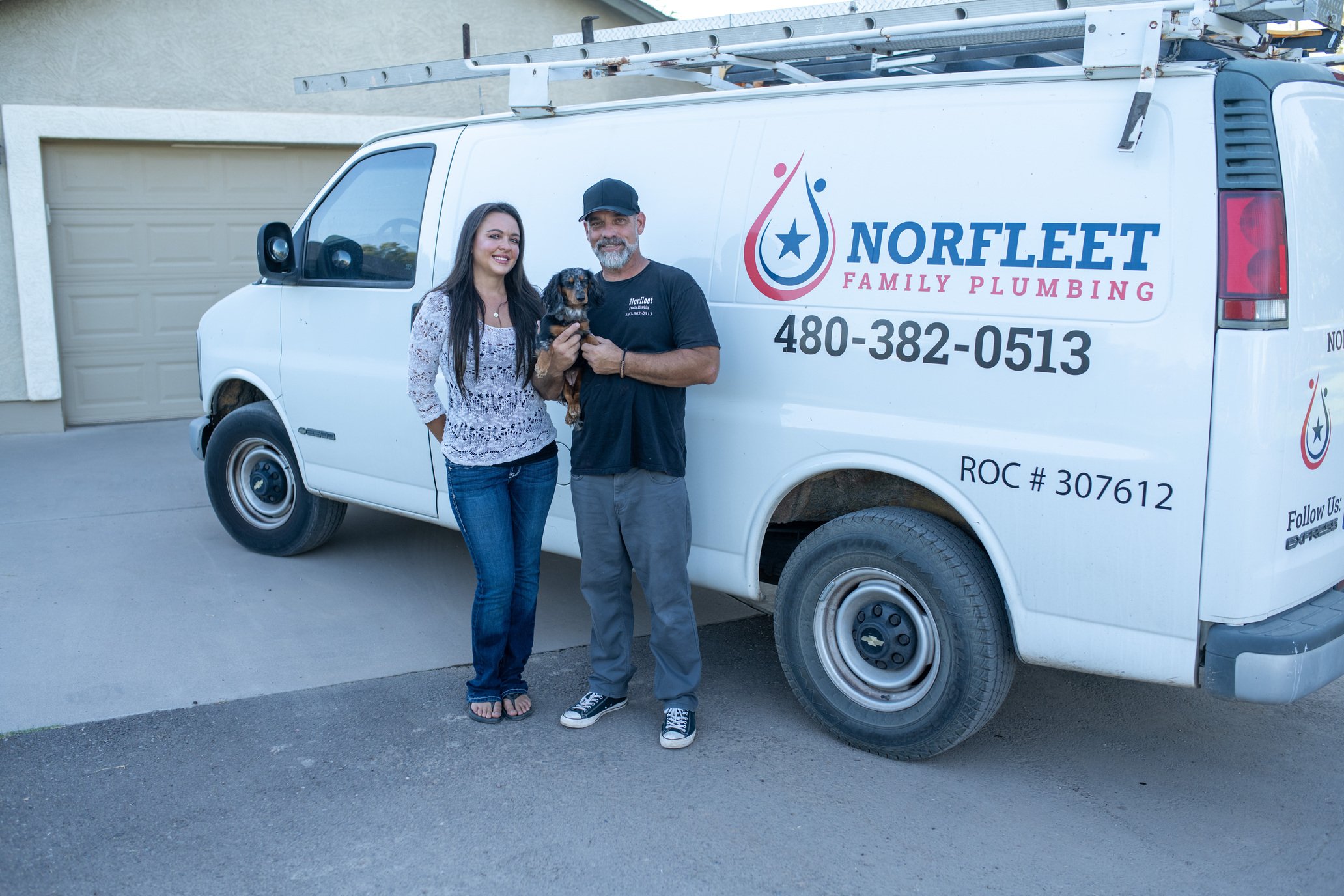Diving into Home Plumbing Basics: A Beginner's Tutorial
Diving into Home Plumbing Basics: A Beginner's Tutorial
Blog Article
Listed here on the next paragraphs you might get a bunch of outstanding insights regarding Plumbing Basics Every Homeowner Should Know.

Plumbing is an essential aspect of any home, responsible for providing tidy water for alcohol consumption, cooking, and showering, in addition to eliminating wastewater safely. Recognizing the fundamentals of home plumbing is important for each homeowner to guarantee proper upkeep, troubleshooting, and, if required, repairs. In this novice's guide, we'll cover the basic principles of home plumbing to assist you become extra acquainted with exactly how it works.
Water System
The water system brings clean water right into your home from a municipal water source or a private well. It includes a primary water line that links to your home's plumbing system, typically located underground. A water meter gauges the amount of water taken in, while a shut-off shutoff permits you to regulate the flow of water into your home.
Plumbing Components
Plumbing components are gadgets that supply water to different parts of your home and include sinks, taps, commodes, showers, bath tubs, and devices such as dishwashing machines and cleaning machines. Each component is linked to the supply of water system through pipes and fittings and may have its shut-off valve for upkeep or emergency situations.
Water Heating Unit
The water heater is responsible for heating water for residential usage, including showering, food preparation, and cleansing. Common sorts of water heaters include tank-type hot water heater, tankless (on-demand) water heaters, and heatpump hot water heater. The water heater is linked to the water system system and provides hot water to plumbing fixtures as needed.
Drainage System
The water drainage system removes wastewater from your home and lugs it away to a sewer treatment center or septic tank. It includes a network of pipelines, installations, and components that move wastewater from plumbing fixtures to the major sewage system line or septic system. Appropriate drainage is essential to protect against obstructions, back-ups, and sewage leakages.
Ventilation System
The air flow system aids preserve correct atmospheric pressure and stop sewer gases from entering your home. Air vent pipelines, also known as vent stacks, extend from plumbing fixtures to the roofing system, permitting drain gases to escape securely outdoors. Ventilation pipes additionally allow air to go into the drain system, promoting smooth wastewater circulation and stopping suction or vacuum impacts.
Typical Plumbing Tools
Having the right devices handy is important for carrying out standard plumbing repairs and upkeep tasks. Usual plumbing tools include adjustable wrenches, pipe wrenches, pliers, pipeline cutters, hacksaws, bettors, augers (or drainpipe serpents), and Teflon tape. Having these tools conveniently offered can assist you deal with small plumbing issues effectively.
Standard Plumbing Repair Services
While some plumbing repairs might call for professional assistance, several common issues can be attended to with standard DIY methods. Discovering how to repair a leaking faucet, unclog a drainpipe, replace a bathroom flapper, or repair a leaking showerhead can conserve you money and time on plumbing repairs.
Final thought
Recognizing the fundamentals of home plumbing is important for each house owner to preserve a secure, practical, and reliable plumbing system. By familiarizing on your own with the water supply system, plumbing components, drainage system, ventilation system, typical plumbing tools, and standard repair services, you can with confidence deal with minor plumbing issues and ensure your home's plumbing system operates efficiently.
Plumbing for Beginners: A Comprehensive Guide
If you’re a beginner when it comes to plumbing, don’t worry; you’re not alone. Plumbing may seem intimidating, but with the right knowledge and a little practice, you can handle many common plumbing issues on your own. In this comprehensive guide, we will demystify the world of plumbing for beginners, providing you with the basic knowledge and skills needed to tackle common plumbing problems and even take on some DIY plumbing projects.
The Importance of Basic Plumbing Knowledge for Beginners:
First and foremost, basic plumbing knowledge gives you a solid foundation. It helps you grasp the key concepts and terminology that are essential in this field. By learning the basics, you’ll be able to build upon that knowledge and tackle more complex plumbing tasks in the future.
Having a basic understanding of plumbing also enables you to handle common issues that may arise in your home. Picture this: a leaky faucet or a clogged drain. With some basic plumbing knowledge, you’ll have the confidence to troubleshoot and fix these problems on your own. It saves you from unnecessary expenses and the hassle of waiting for a professional to arrive.
As a beginner, learning the basics of plumbing empowers you to take care of your own home. It gives you a sense of independence and self-reliance. You’ll no longer have to rely solely on professionals for every small issue that pops up. Instead, you can handle many tasks yourself, saving time and money in the process.
Remember, everyone starts as a beginner. Embrace the learning process and take small steps to expand your plumbing knowledge. There are plenty of online resources, tutorials, and even local workshops that talk about plumbing for beginners.
Essential Tools for Plumbing for Beginners
As you start your plumbing journey, having the right tools in your toolbox is crucial. Let’s explore some of the must-have tools:
Adjustable Wrench:
This versatile tool is a staple in any plumber’s toolbox. It allows you to tighten or loosen nuts and bolts of various sizes. Make sure to have an adjustable wrench with a comfortable grip.
Pipe Wrench:
A pipe wrench is specifically designed for gripping and turning pipes. It has serrated jaws that provide a strong grip, making it easier to loosen or tighten threaded pipes and fittings.
Plunger:
The plunger is a simple yet effective tool for clearing clogged drains and toilets. It creates suction when you push and pull, helping to dislodge blockages. Keep a good-quality plunger handy for those unexpected clogs.
Pipe Cutter:
When it comes to cutting pipes, a pipe cutter is your go-to tool. It creates clean, precise cuts without damaging the pipe. Look for a pipe cutter that can handle the pipe sizes you’re working with.
Hacksaw:
A hacksaw is useful for cutting through pipes, screws, and other materials. It’s a versatile tool that can handle different cutting tasks. Remember to use a blade suitable for cutting metal.
Tape Measure:
Accurate measurements are crucial in plumbing. A tape measure allows you to measure pipe lengths, distances, and dimensions accurately. Opt for a sturdy tape measure that extends a good length.
Pliers:
Pliers come in handy for various tasks, such as gripping, bending, and cutting. Slip-joint pliers with adjustable jaws are great for gripping pipes, nuts, and bolts.

Do you enjoy reading about Plumbing Basics For Every Home: The HomeTriangle Guide? Place a remark below. We'd be pleased to see your opinion about this entry. Hoping that you visit us again later on. If you please set aside a second to share this blog if you appreciated it. We value your readership.
Website Report this page